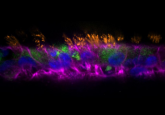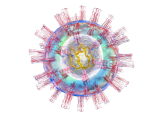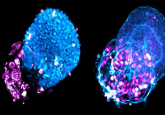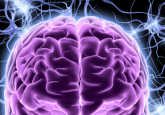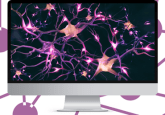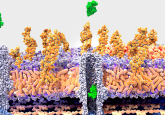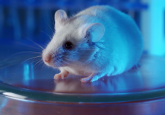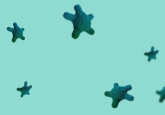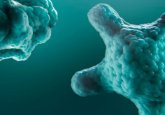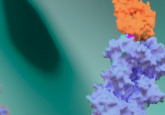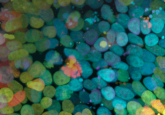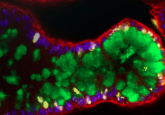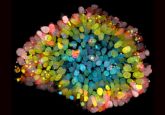Transitioning from animal to patient-derived in vitro cell models
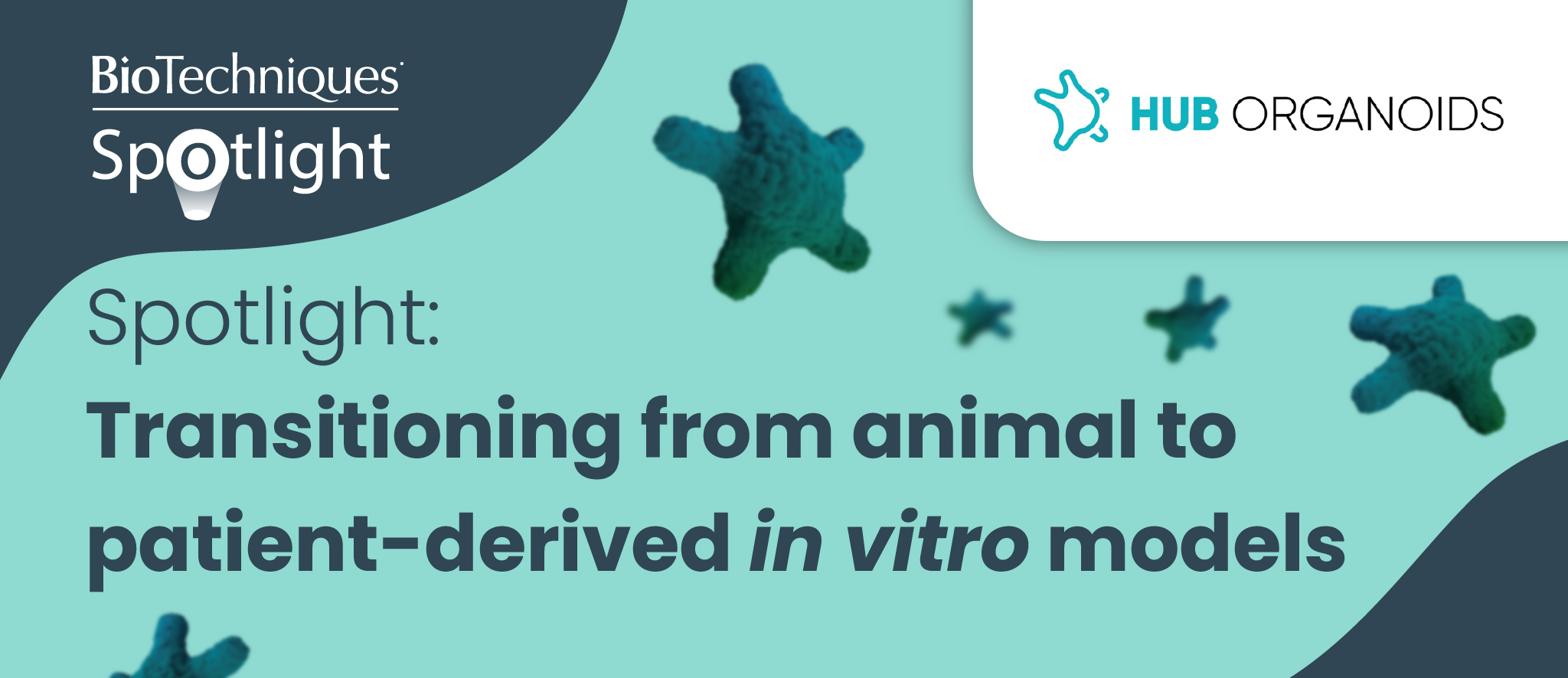
A significant paradigm shift in drug development is urgently required to address the lamentable success rates that persist for clinical trials. The recent passing of the FDA Modernization Act 2.0 reflects the growing trend for regulatory bodies to embrace this shift. This act removes the requirement for all drugs to have been safety tested in animal models prior to their approval, pushing the drug development industry to re-evaluate their current approaches and reach out for more patient-relevant models.
Over the last decade, increasingly frequent breakthroughs in the development of more representative and reproducible patient-derived cell models, such as organoids, have encouraged more researchers to embrace alternatives to animal models. This has led to dramatic advances in different diseases, such as the first effective treatment of a cystic fibrosis patient based on the in vitro drug responses of their matched organoids, or the first clinical oncology candidate to reach patients in clinical trials in under 5 years from original development.
With this growing research area, come new demands for methods and protocols that assist with the standardization, integration and application of patient-derived cell models to help researchers transition away from existing animal models. In this Spotlight, we will cover:
- Technological advancements including the standardization of organoid culture media
- Key definitions for patient-derived models
- The development of new organoid biobanks that faithfully recapitulate original patient disease and response to treatment
- The establishment of industry-leading organoid-based drug screening platforms

